What are the most effective ways to ventilate a basement?
By Cynthia Pigeon
Updated on October 24, 2024
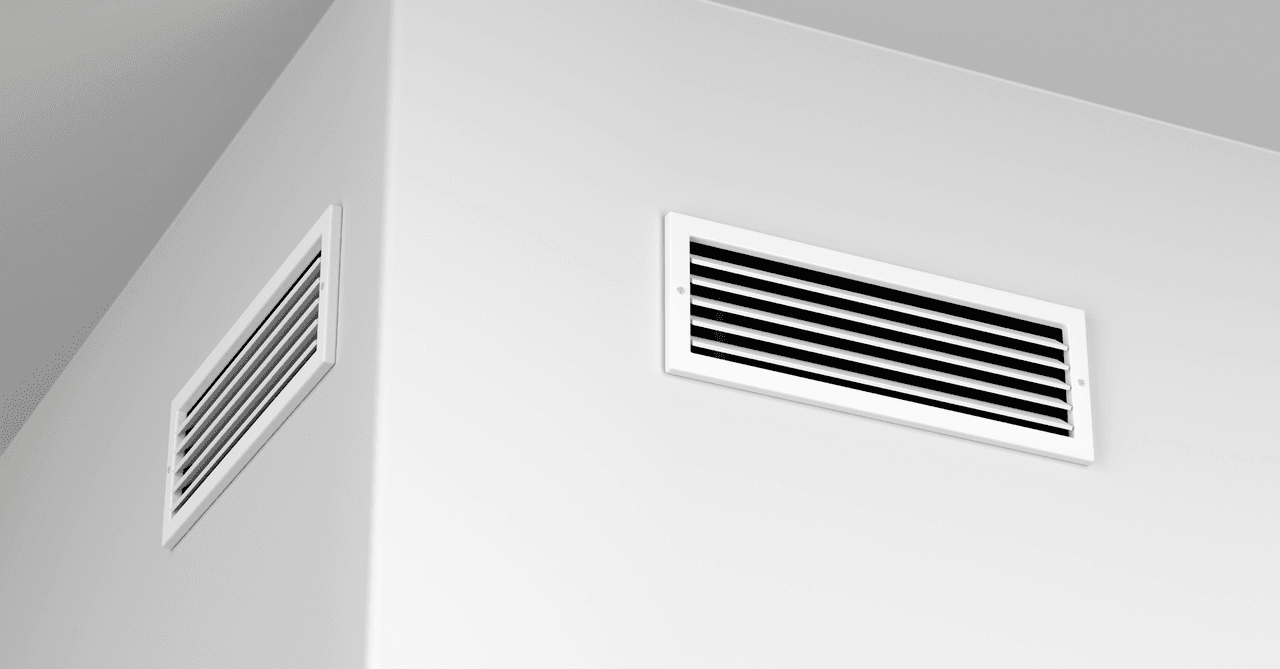
Since basements are especially isolated compared to the rest of the house, ventilation is essential to ensure that humidity levels are kept under control.
Note that, unlike the upper floors, the basement is a covered area, which very much affects the humidity levels. Poor ventilation can cause water infiltration, mould growth, rust and even deterioration of wall coverings.Therefore, you owe it to yourself, and your home, to effectively ventilate your basement.
Basement Ventilation Methods
1. Vents
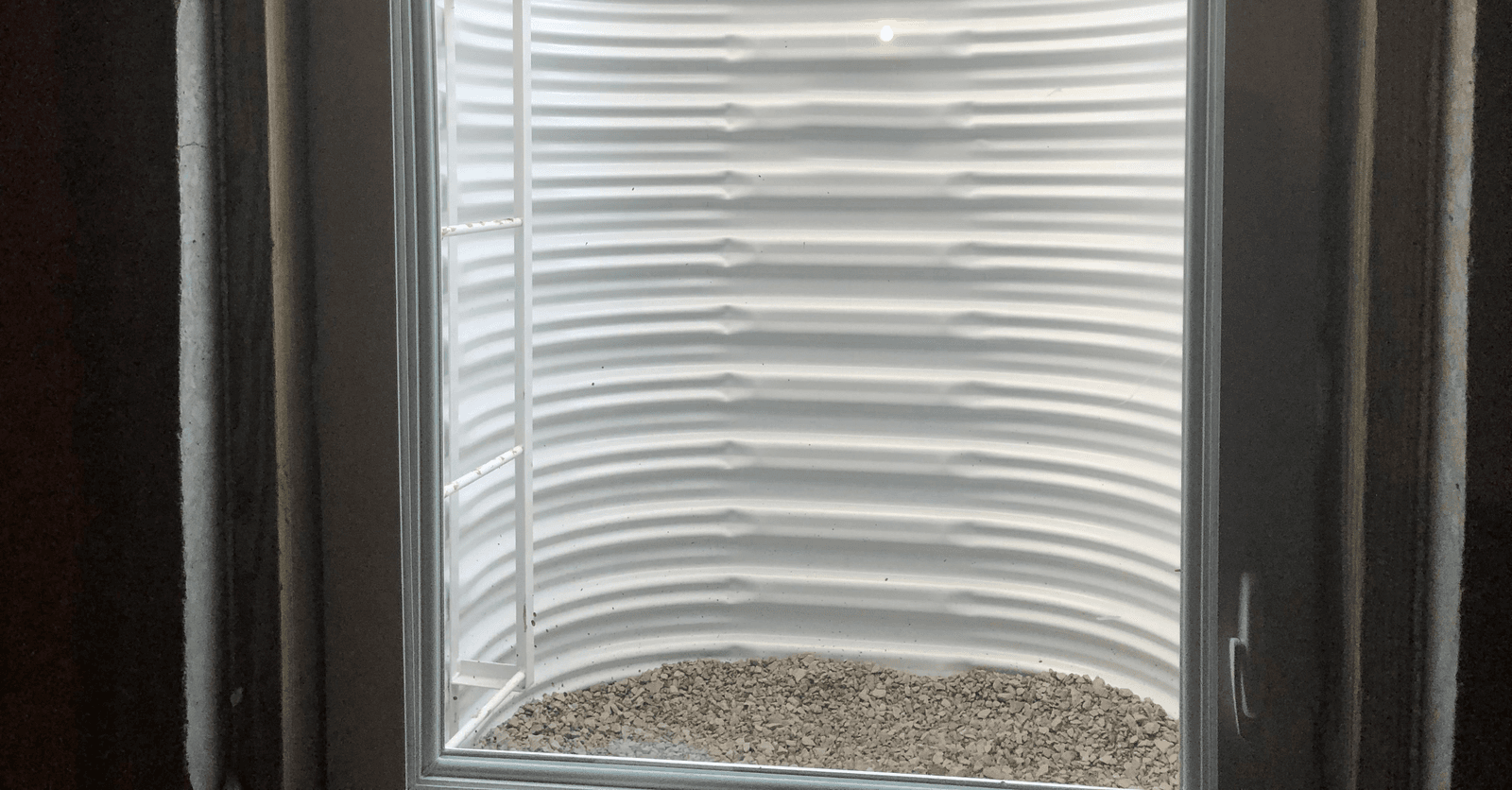
Source : Canva
Vents may be an effective option if you have a basement below ground level, as it is an efficient way to ventilate crawl spaces, cellars, and basements. It allows for efficient air renewal and prevents mould growth in your basement.
Vents are also commonly used to ventilate crawl spaces since they are more efficient than ventilation hatches. To learn more, check out our article on crawl space insulation.
A vent consists of a frame which will be secured to the rear wall of the house. The upper part of the window well has a ventilation grid that is visible on the outer side of the house for ventilation purposes.
This type of apparatus varies in dimension according to the model, bear in mind that the depth can be increased if necessary. The vent is a versatile and subtle solution for various settings.
2. Adding Cellar Windows, Windows, and Air Grilles
Should your basement be above ground, it is vital to think about windows, cellar windows, or air grilles with transverse openings. In architecture, a cellar window is an opening made at the bottom of a building to allow light and air to enter a cellar, a basement, or any underground space. The cellar window is coupled with a panel that does not completely obstruct the opening, such as a door with a grate.
It is essential to keep these openings free of obstructions at all times. It is likely that during the winter period, this installation will be quickly covered with snow, hence the importance of clearing the snow as often as possible.
3. Basement Controlled Mechanical Ventilation (CMV)
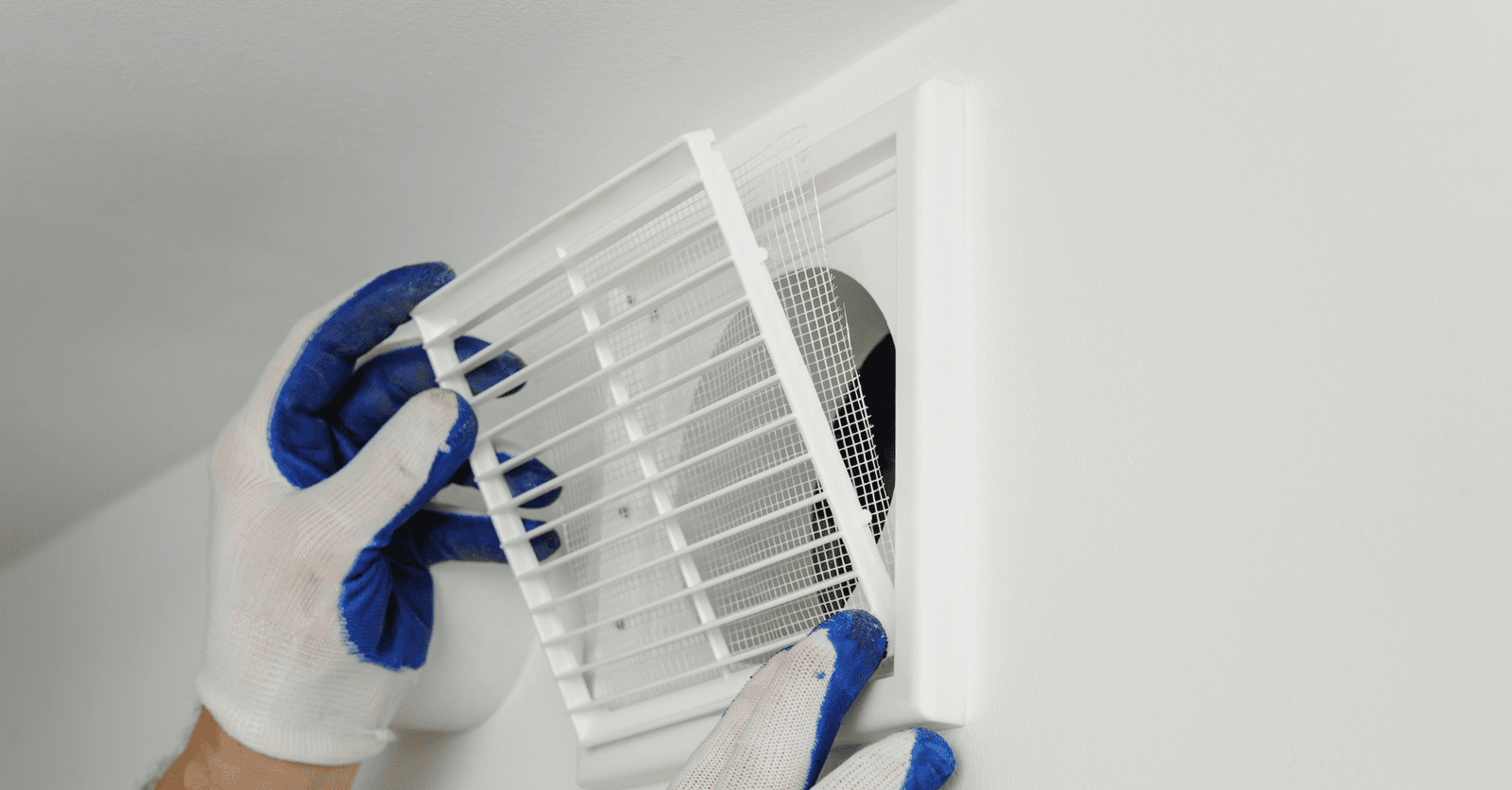
Source : Canva
The preferred solution for optimal basement ventilation is the most modern one: controlled mechanical ventilation (or CMV), which is a mechanical and efficient process with numerous humidity sensors that allow for continuous adjustment of the humidity level in the air. This device prevents the build-up of condensation on basement walls and the growth of mould.
There are two types of controlled mechanical ventilation: single-flow CMV and double-flow CMV. The former works with a mechanical extractor, which is connected to extract units. This ventilation system is placed in humid areas and allows stale air to be aspirated and then replaced with new air.
Although the double-flow CMV is more sophisticated, it works in a similar way. The only difference is that the house must be perfectly insulated to allow the indoor air to be renewed using the heat recovered from the exhaust air.
4. Energy Recovery System (ERV)
An energy recovery system (ERV) uses the same principle as a conventional CMV but with one difference. In addition to evacuating humidity, it infuses new and purified air. Thus, the ventilation process is carried out by releasing clean, preheated air into the basement; the resulting increase in pressure then expels the stale air. Since the exhaust air is preheated, the use of heating is reduced.
Although this solution can be useful for the whole house, it is best suited for basement ventilation, as its greatest value is controlling humidity levels. Although the cost of the system is still relatively higher than the single- and dual-flow systems, it can be offset by the resulting savings in heating costs.
Unsatisfactory Basement Ventilation Methods
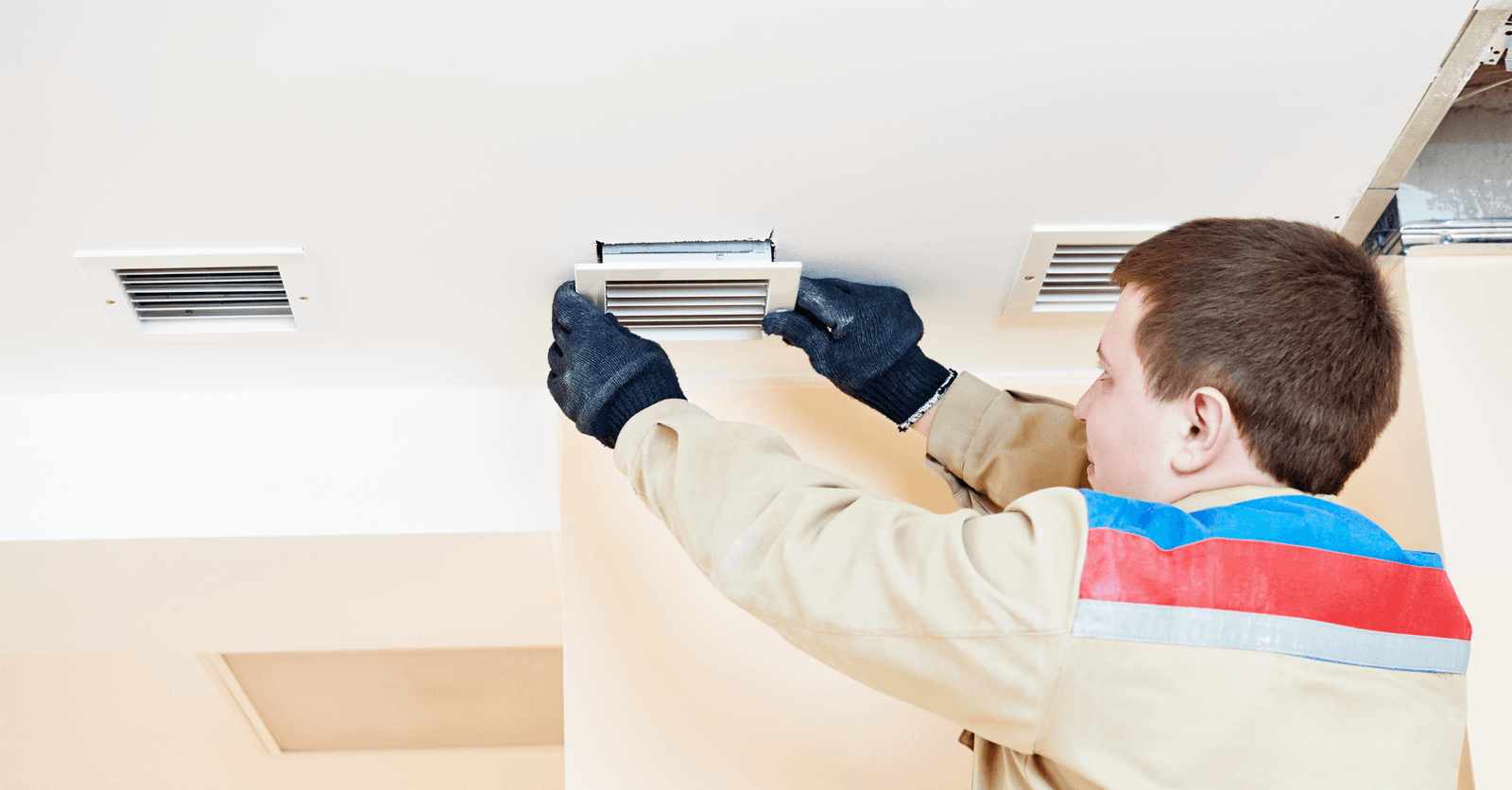
Source : Canva
Drilling holes into the walls of a home is definitely something that should never be done. In fact, these air holes will not be sufficient in themselves to ventilate a basement, in addition to seriously compromising that area of the home’s structure.
Another way to air out a basement is to use a moisture absorber such as desiccants. This method does not remove the moisture, but rather retains the moisture within the bag. The inherent lack of control over the system means that the amount of moisture removed from the basement cannot be controlled, which can lead to excessively dry air.
Although the emphasis is often placed on the need to sufficiently ventilate a basement, note that too much ventilation in a specific space can also have harmful consequences. As such, note that too much ventilation can result in damage to the materials as well as compromise their durability.
Planning a basement renovation project? We have created a handy checklist to help you manage each step of the project : Basement Renovation Project: Checklist of the Steps to Follow.
Get 3 quotes for your basement ventilation project
RenoQuotes.com can help you get quotes for your basement ventilation project. If you submit your project to us, we’ll put you in contact with top-rated contractors. Fill in the form on the homepage (it only takes a few minutes), and you will get estimates from trusted professionals.
Dial 1-844 828-1588 to speak with one of our customer service representatives.
Looking for something else?
Related articles
The latest industry news, interviews, technologies, and resources.

Editorial Team
•07 Nov 2023
Summer might be over, but that doesn’t mean all dreams of being whisked away seaside have to fade. What if we told you that travelling to a coastal haven with sandy beaches was a possibility without having to leave your cozy pad?

Editorial Team
•17 Feb 2025
Electric underfloor heating systems, also known as radiant underfloor heating, are a modern and efficient solution, appealing to an ever-increasing number of homeowners. Why? Because these systems allow heat to spread evenly from the ground up, eliminating drafts and providing unparalleled thermal comfort.
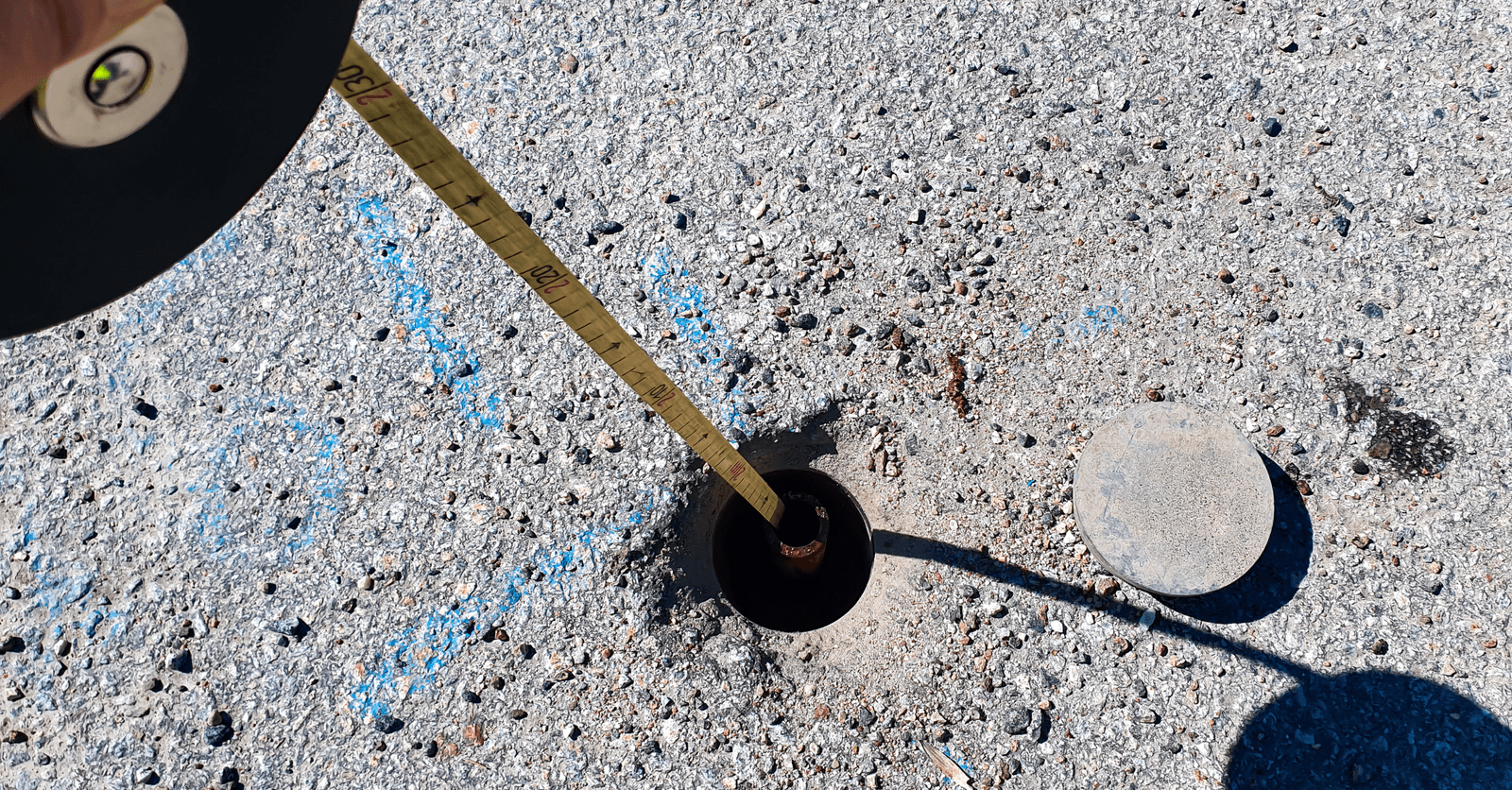
Editorial Team
•07 Nov 2023
Owning a house can sometimes mean adapting oneself to nature’s perils. Whether it be freeze-thaw cycles or landscape vegetation, naturally-occurring phenomena can have an impact on your house’s overall state and maintenance.

Editorial Team
•19 Nov 2024
Noise exposure is one of the leading workplace-related hazards, and construction sites are no exception. Excessive noise is ever-present on worksites, stemming from a myriad of equipment, such as jackhammers, chainsaws, and heavy machinery. If noise isn’t managed, it can lead to severe health-related repercussions on workers. To ensure their safety, the CNESST (Commission des normes, de l’équité, de la santé et de la sécurité du travail) established strict regulations, effective since June 16, 2023.

Cynthia Pigeon
•07 Nov 2023
Have you just made the leap and purchased your dream lakefront house or chalet, but you are just lacking an essential element to fully enjoy it? Now, adding a floating dock might just be the idea of the century to bring about a bit more fun to your evenings with your friends and make your family's access to water sports that much easier.